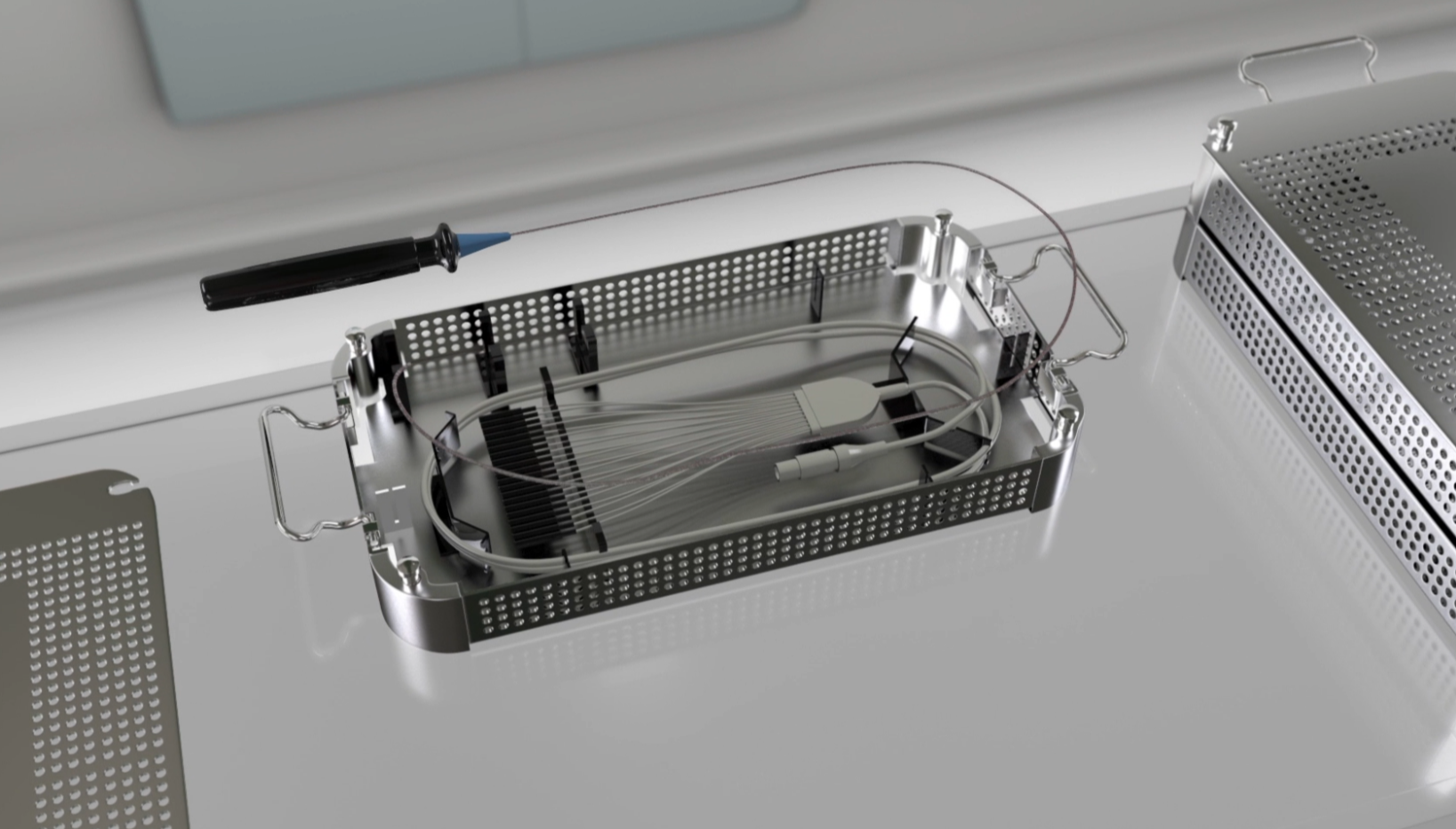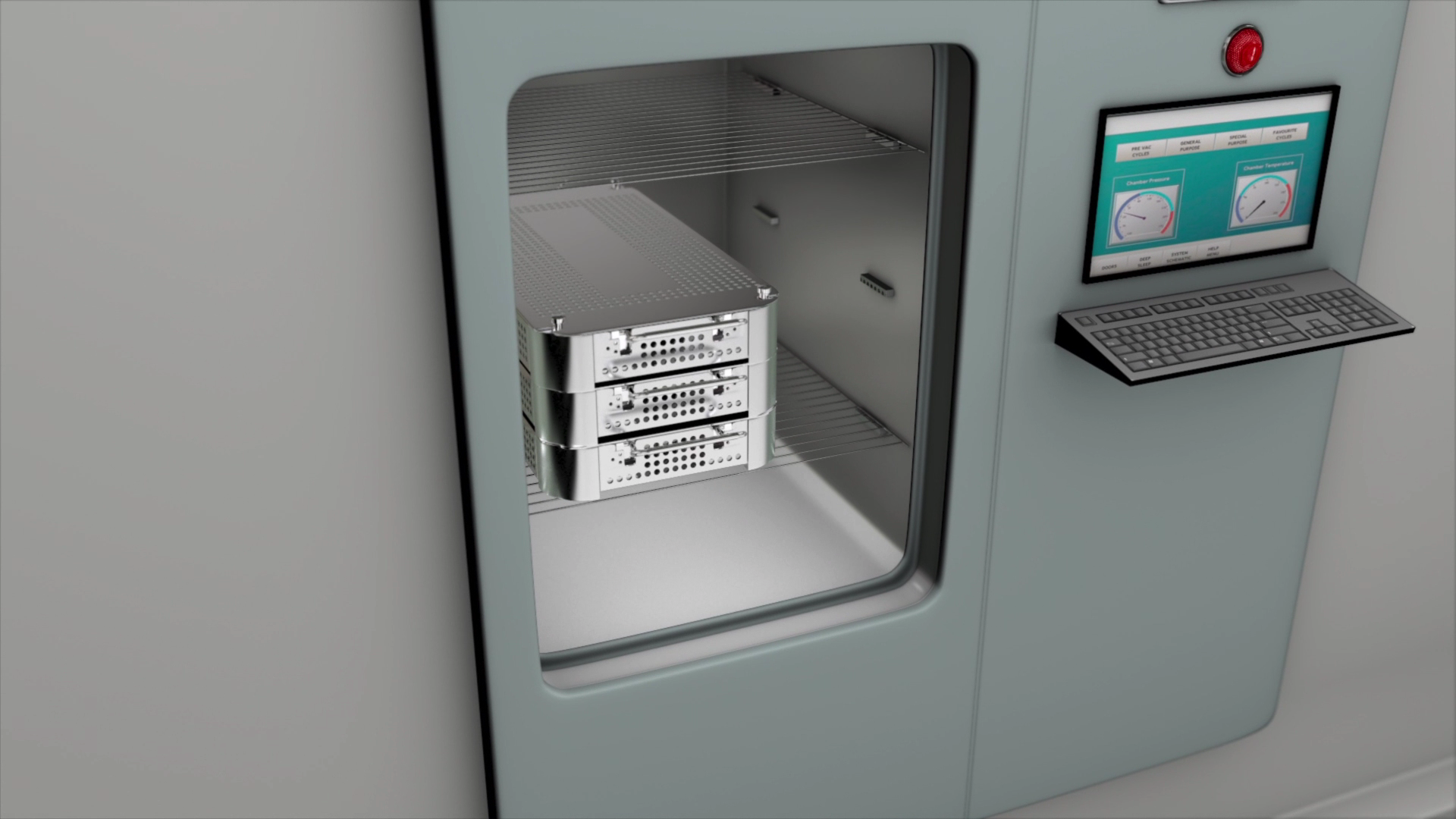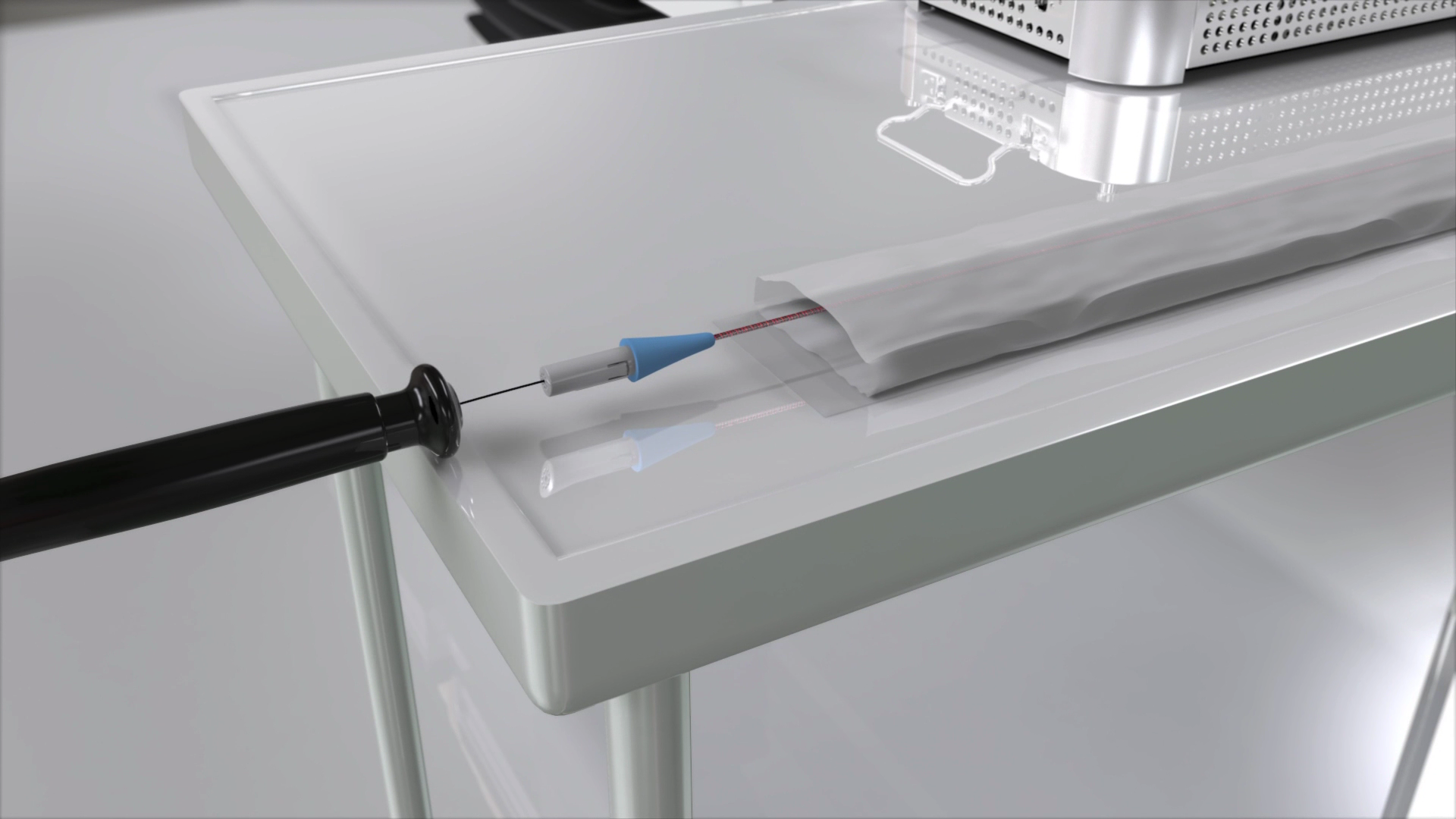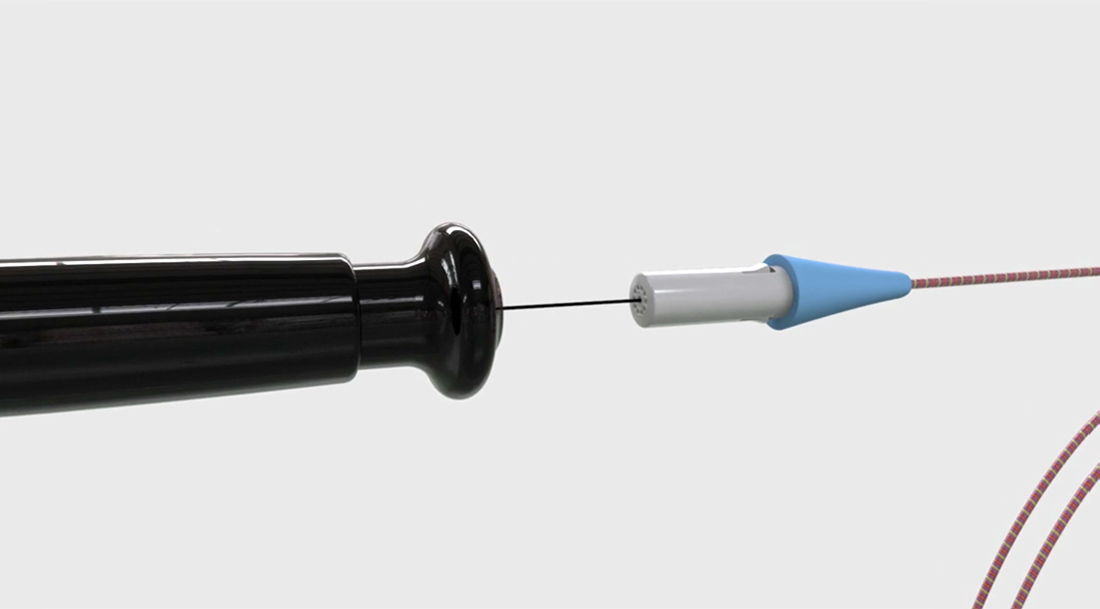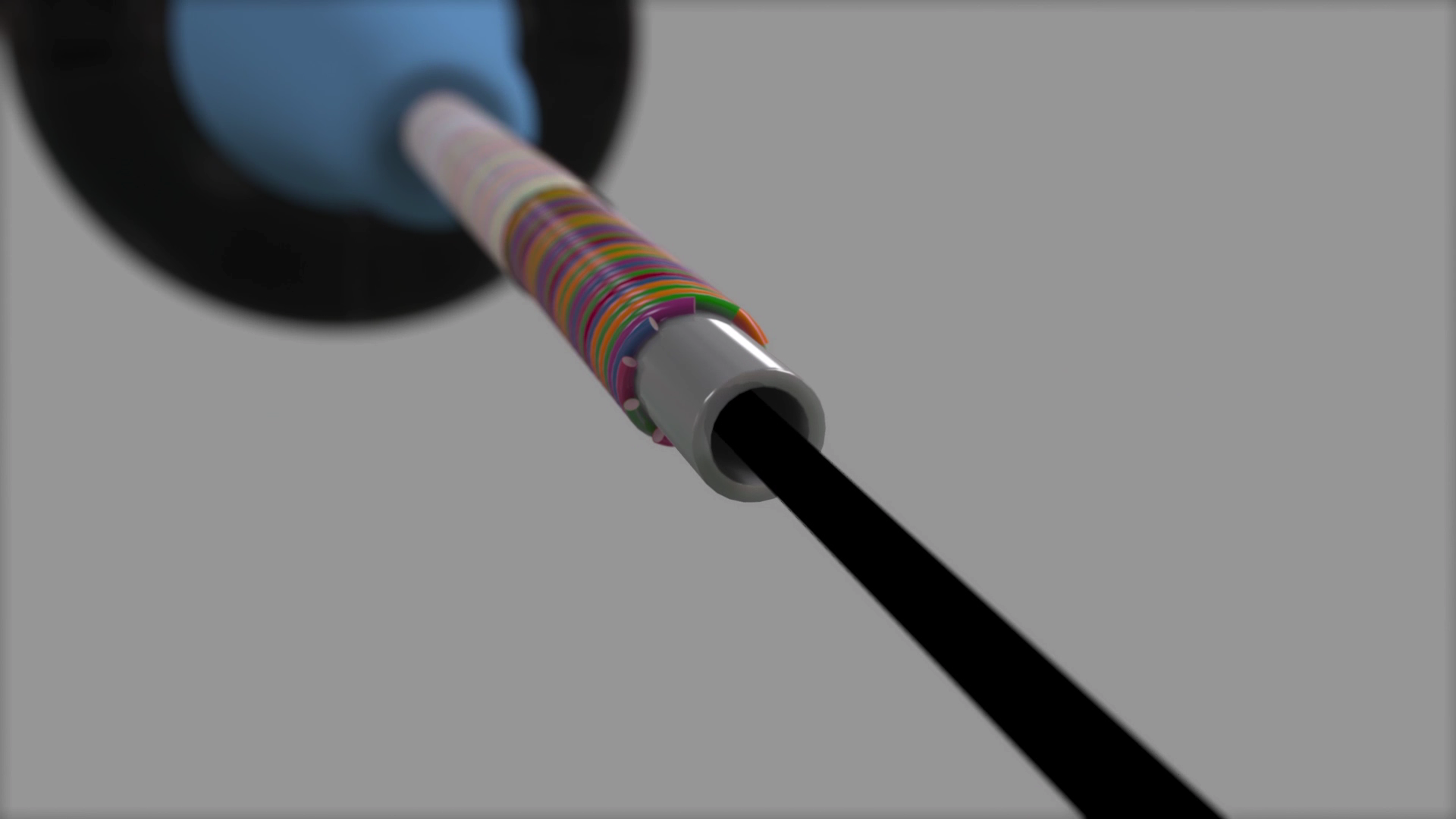
The fundamental design of electrophysiology catheters has not significantly changed since their inception in the 1970’s. Advances in design have historically been associated with additional functionality in the electrode tip. A key constraint in design has been the lack of physical space available within the catheter lumen, restricting the number and complexity of technologies that can be incorporated into the catheter.
The CathRx approach to catheter design and construction, incorporated in the Khelix™ range, uses automated machines to wind the electrode wires around the outside of catheter (helical winding), resulting in a number of key advantages:
- Additional physical space inside the lumen, providing potential to incorporate new technologies as they become available.
- Greatly reduced manufacturing costs as automated machines perform traditionally labour intensive processes, improving quality control and reducing human error.
- A modular design, that allows catheter components that can be safely and effectively reprocessed and reused, to be easily disassembled from components that are not suitable for reprocessing. This modularity allows the more robust and costly components (i.e. catheter handle and guidewire) to be reprocessed, with only the less robust and less costly components (i.e. the catheter sheath) needing to be disposed and replaced between uses. This ‘razor/razor blade’ model will lead to significant cost savings users.

